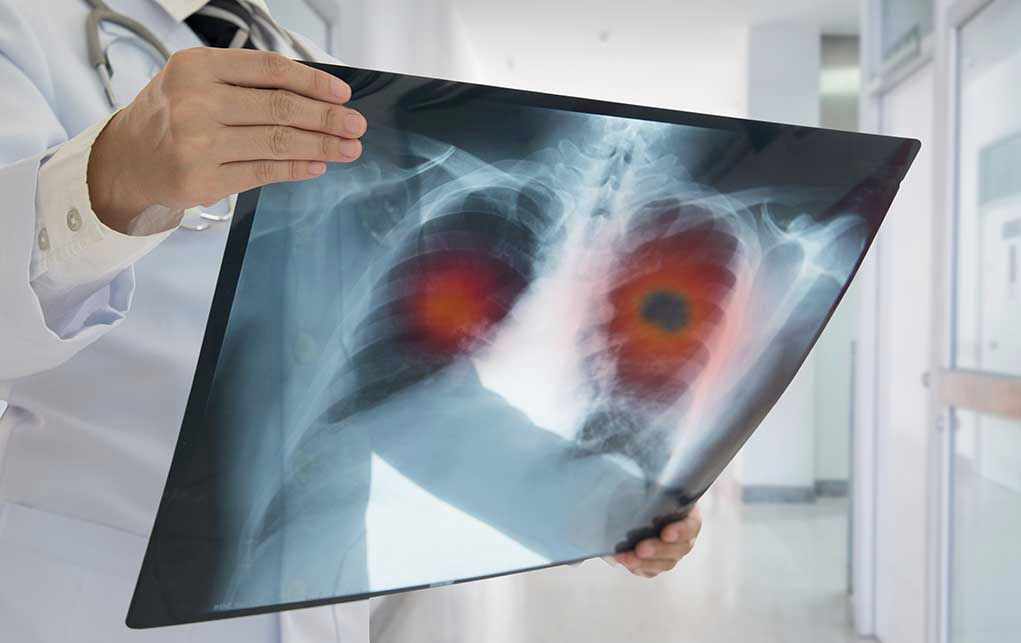
Heart attacks may be contagious—driven by stealthy infections lurking in our arteries, not just by cholesterol and diet as we’ve been told for generations.
Story Snapshot
- Researchers found dormant bacteria in arterial plaques can trigger heart attacks.
- Study challenges the belief that cholesterol and lifestyle are the sole culprits.
- Evidence opens up new avenues for vaccines and infection-based therapies.
- Published August 2025, the findings are reshaping heart disease prevention.
Bacterial Biofilms: The Hidden Heart Attack Instigators
Scientists from Finland and the UK have upended conventional wisdom on heart attacks by demonstrating that dormant bacteria embedded within arterial plaques can be activated by external stressors, such as viral infections, inciting inflammation that ruptures plaques and sparks heart attacks. For decades, medical orthodoxy has zeroed in on cholesterol, smoking, and poor dietary habits as the villains behind heart disease. While these factors remain important, the latest research compels us to look deeper—literally—into the microbial world hiding in our arteries.
Researchers developed specialized antibodies that illuminate bacterial biofilms in arterial tissue, providing the first direct evidence of their presence and pathogenic role. The implications are profound: heart attacks may be, at least in part, an infectious disease, opening the door to vaccine-based prevention and the development of anti-bacterial therapies. Medical science now stands on the brink of a paradigm shift, challenging doctors and patients alike to rethink risk factors and prevention strategies.
Why This Changes Everything About Heart Disease
This revelation stems from a multi-institutional effort involving Tampere and Oulu Universities, the Finnish Institute for Health and Welfare, and Oxford University, coordinated through a sprawling EU-funded project spanning 11 countries. Published in the Journal of the American Heart Association, the study’s timeline began with molecular biology advances that made it possible to detect bacterial biofilms in human arteries. Previous studies had hinted at links between infections and cardiovascular events, but the mechanisms were elusive until now.
Acute infections have long been associated with a spike in cardiovascular risk, a phenomenon observed in large cohort studies after severe respiratory or systemic infections. Earlier suspicions about chronic infections—such as periodontal disease—contributing to heart disease lacked the hard evidence to sway clinical practice. Now, with direct proof of bacteria’s role, the debate has shifted from speculation to urgent inquiry. Cardiologists, epidemiologists, and public health officials are reevaluating the entire playbook for heart attack prevention.
The Stakeholders Who Stand to Gain—or Lose
Professor Pekka Karhunen, leading the Finnish contingent, called the discovery “groundbreaking,” noting it challenges the bedrock assumptions of cardiovascular medicine. The research consortium, buoyed by major funders including the Finnish Foundation for Cardiovascular Research and the Jane and Aatos Erkko Foundation, aims to develop diagnostic tools and vaccines targeting these arterial bacteria. Their interests align with patients, doctors, and policymakers seeking more effective, less invasive heart attack prevention.
Pharmaceutical and medical device industries now have an incentive to pivot toward new antibiotics, vaccines, and biofilm-detection technologies. Healthcare systems may soon allocate resources not just for cholesterol management, but for infection control and immunization programs. In the short term, cardiologists will need to integrate infectious risk into patient assessments. Over the long term, public health strategies could shift as dramatically as they did when vaccines for polio and measles transformed society.
A Paradigm Shift—But With Caveats
Despite the excitement, some experts urge caution. While the evidence for bacterial biofilms in plaques is compelling, further research must validate causality and clinical relevance before broad changes in practice. The academic community, while enthusiastic, recognizes that translating these findings into patient care will require extensive trials and regulatory scrutiny. As with any scientific revolution, skepticism and robust debate will ensure that only the strongest findings shape future medical standards.
The study’s publication has already sparked widespread media coverage and professional commentary, marking the start of a new chapter in cardiovascular research. As ongoing studies probe diagnostic and therapeutic applications, the possibility of vaccine-based heart attack prevention looms tantalizingly close—a prospect that could save millions of lives and billions in healthcare costs. The next few years will determine whether the infectious theory of heart attacks becomes the new foundation of cardiovascular medicine.
Sources:
Healthcare in Europe: Research Bacteria Heart Attack
Desh Sewak: Heart Attacks May Be Triggered by Infection, Study Finds
Knowridge: Hidden Bacteria in Arteries May Trigger Heart Attacks
ScienceDaily: Research Reveals Bacteria in Arteries May Cause Heart Attacks
PubMed Central: Infections and Cardiovascular Risk














